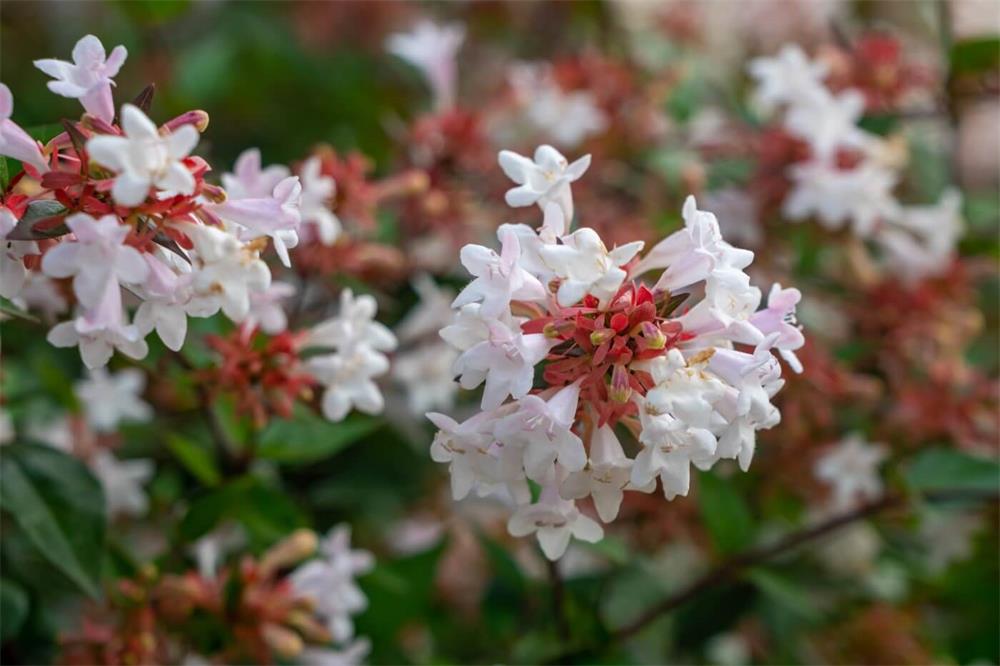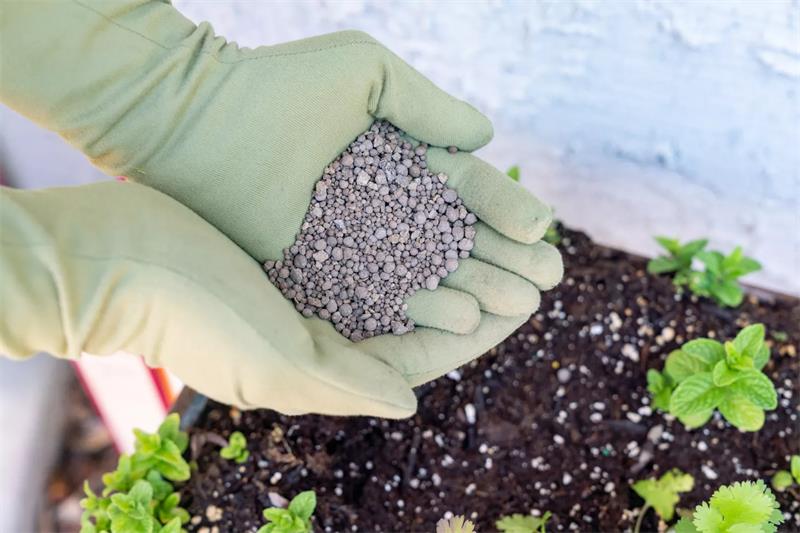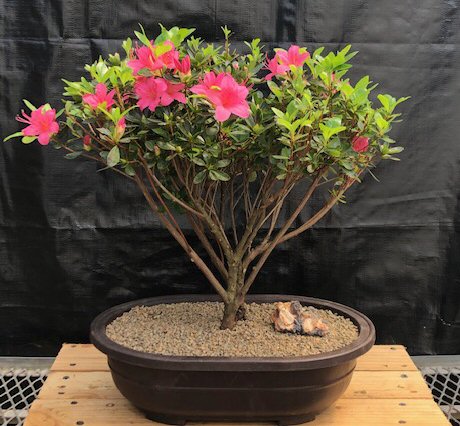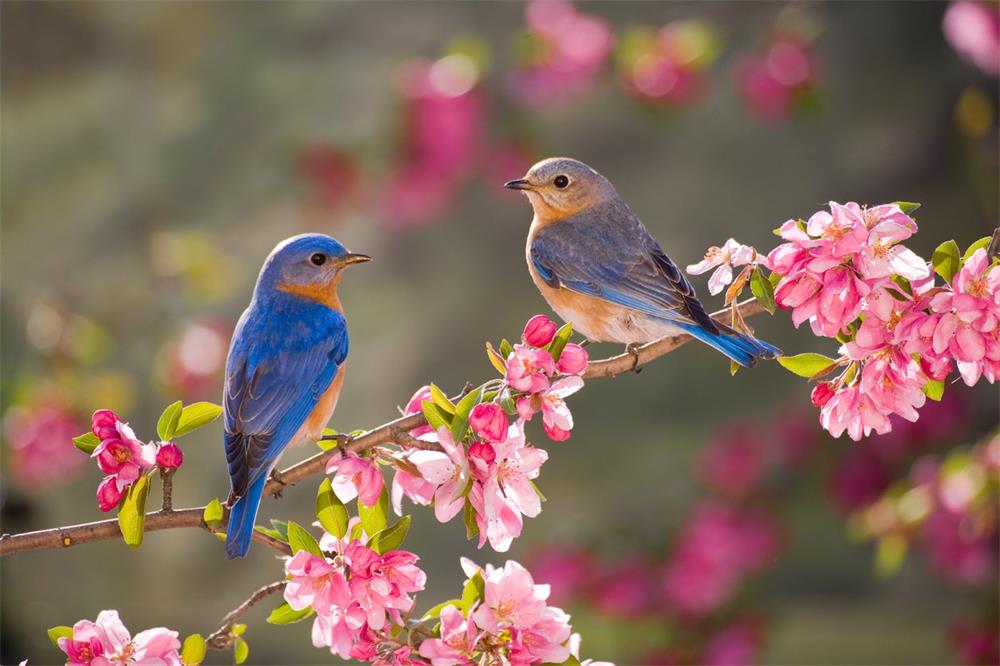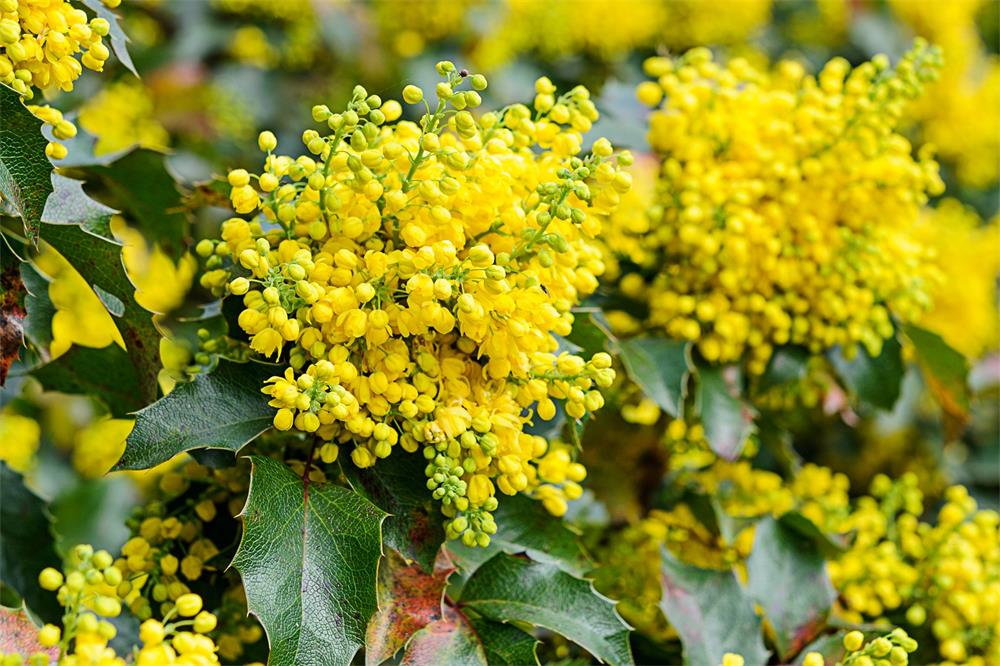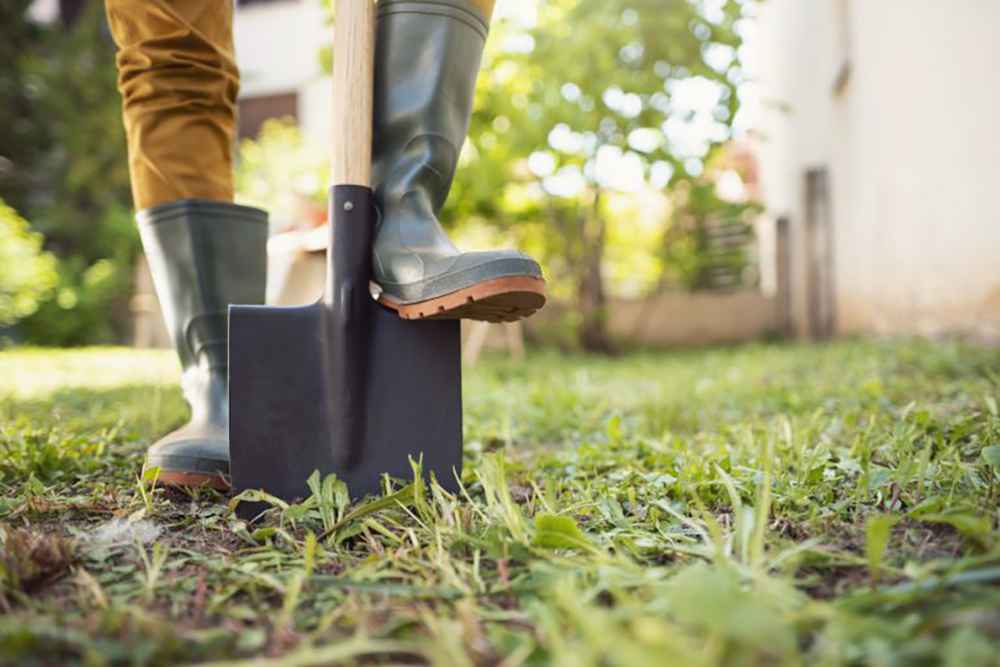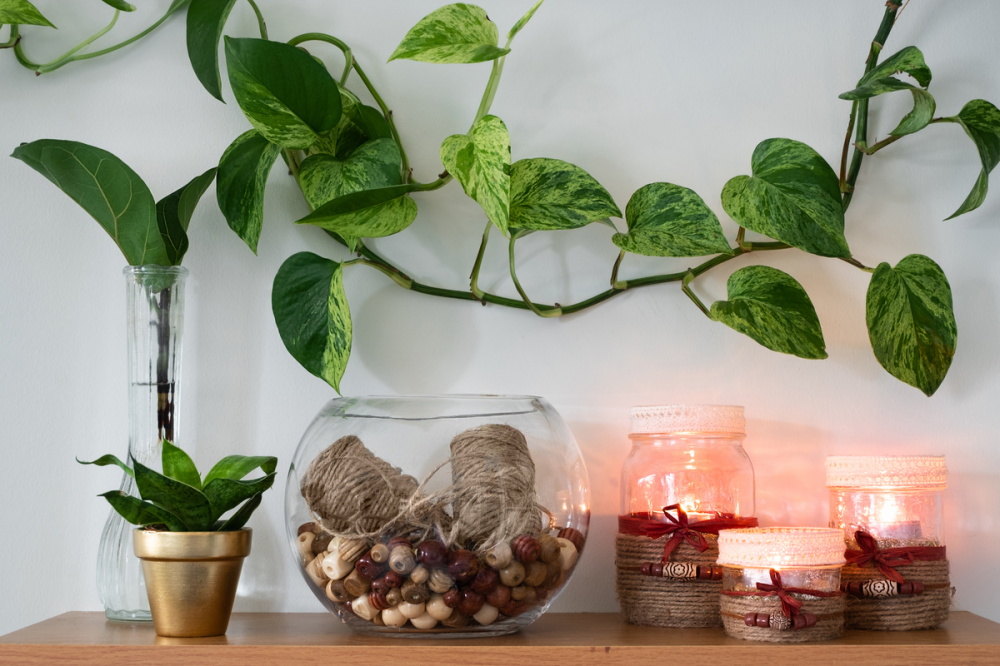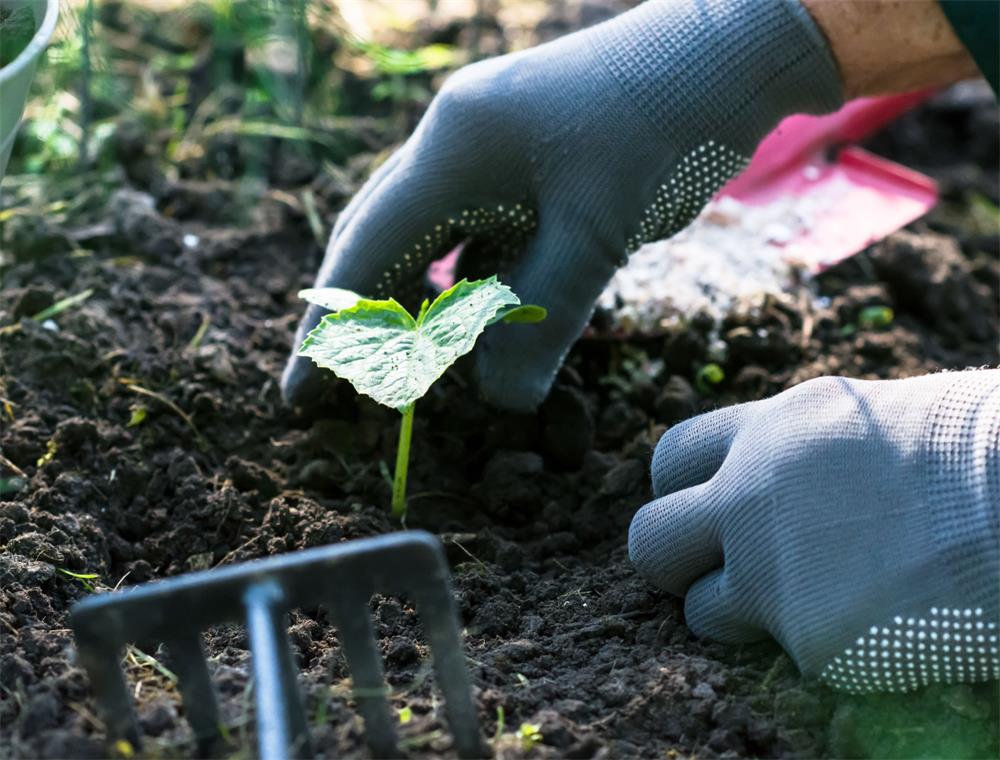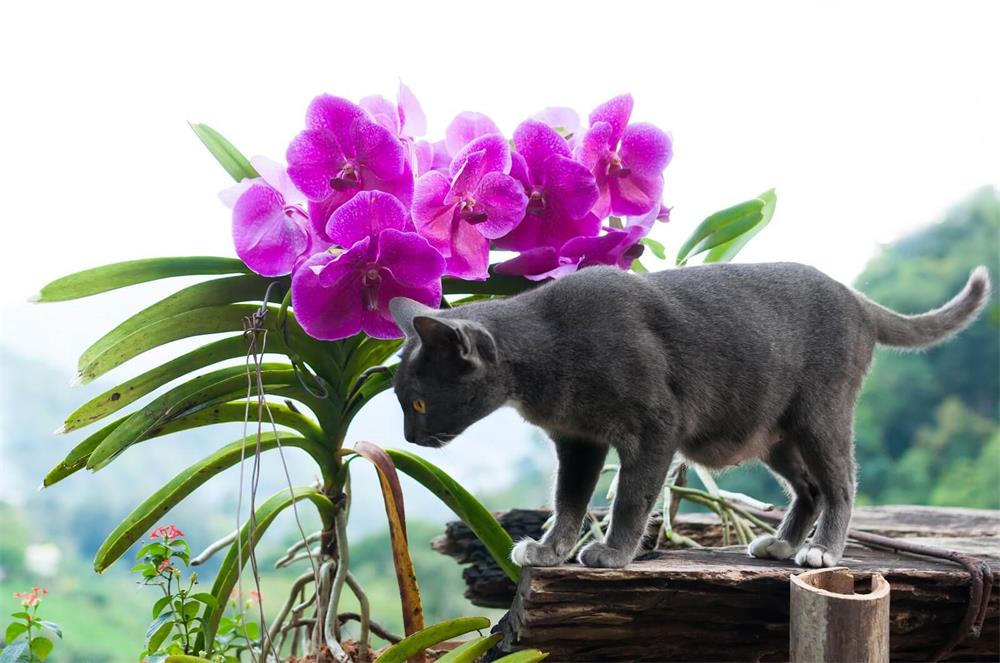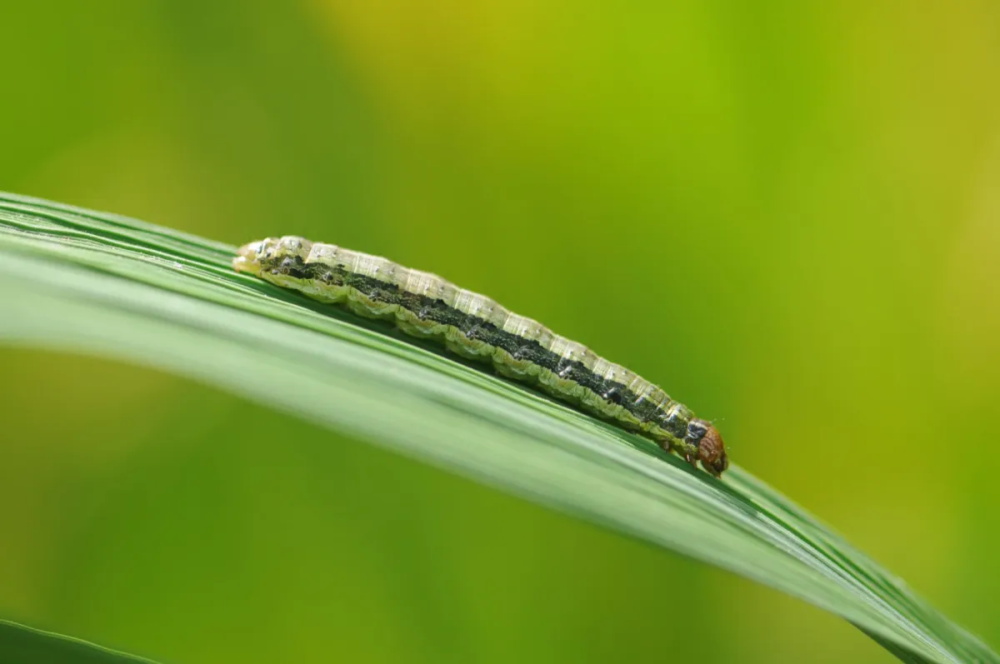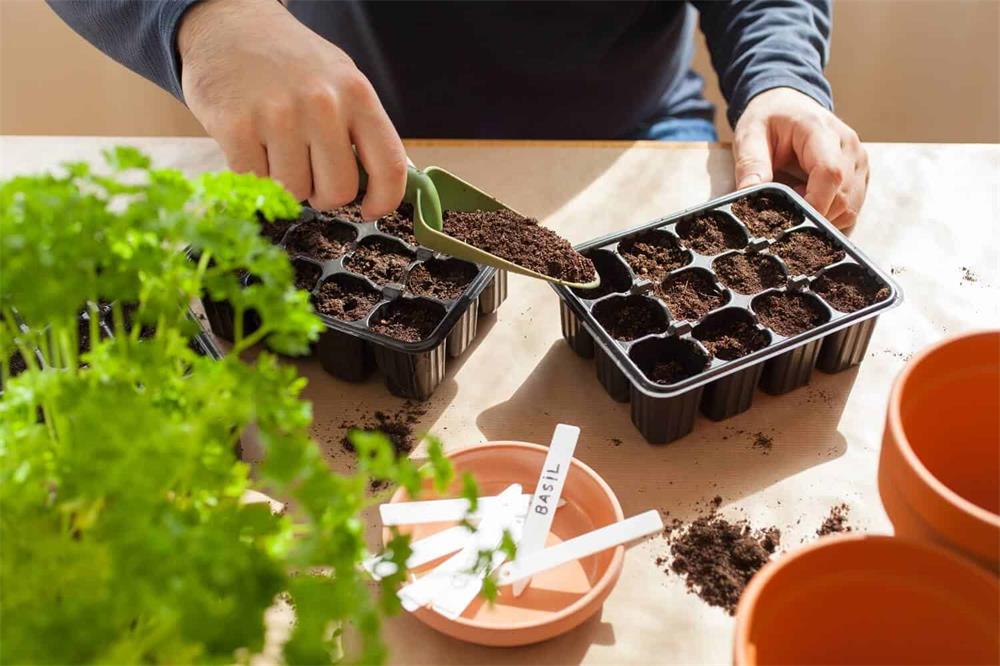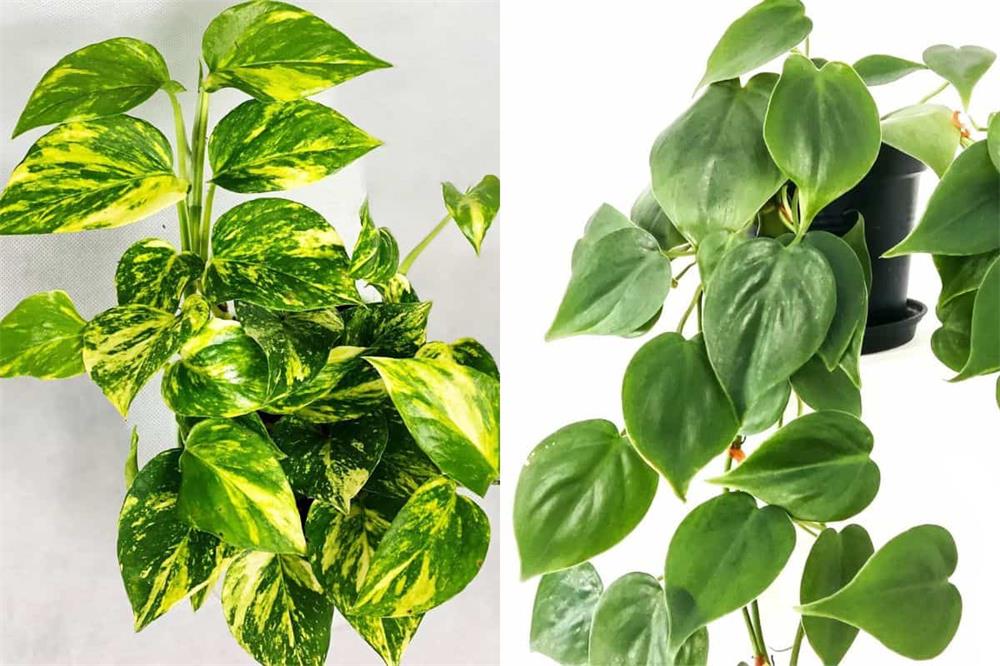
Table of Contents
Pothos and philodendron are two of the most common and easy-to-grow houseplants. They both have attractive foliage that can trail or climb, and they both can tolerate a range of indoor conditions. However, they are not the same plant, and they have some distinct differences that can help you identify them.
In this article, we will explain how to tell pothos and philodendron apart by looking at their taxonomy, leaf shape and texture, aerial roots and petioles, growth habits and new leaves, and care requirements.
Taxonomy
Taxonomy is the science of naming and classifying living organisms into groups based on their characteristics and evolutionary relationships. Pothos and philodendron belong to different genera within the same family.
Pothos plants belong to the genus Epipremnum, which contains about 15 species of tropical vines native to Asia and Australia. The most common pothos species grown as houseplants are Epipremnum aureum (golden pothos) and Epipremnum pinnatum (dragon-tail plant).
Philodendron plants belong to the genus Philodendron, which contains about 500 species of tropical plants native to America. The most common philodendron species grown as houseplants are Philodendron hederaceum (heartleaf philodendron) and Philodendron scandens (sweetheart plant).
Both pothos and philodendron are members of the family Araceae, also known as the aroid family. This is a large and diverse family of plants that includes many other popular houseplants such as anthurium, monstera, peace lily, and ZZ plant.
Leaf Shape and Texture
One of the easiest ways to tell pothos and philodendron apart is by looking at their leaves. Pothos and philodendron have different leaf shapes and textures that can help you distinguish them.
Pothos leaves are usually more lobe-shaped, with a pointed tip and a slightly indented base. They are also thicker and waxier than philodendron leaves, giving them a shiny appearance. Pothos leaves can vary in color from green to yellow to variegated patterns.
Philodendron leaves are usually more heart-shaped, with a rounded tip and a deeply curved base. They are also thinner and smoother than pothos leaves, giving them a matte appearance. Philodendron leaves are mostly green, but some varieties may have red or purple hues.
Aerial Roots and Petioles
Another way to tell pothos and philodendron apart is by looking at their aerial roots and petioles. Aerial roots are roots that grow above the soil surface and attach to other surfaces for support or moisture. Petioles are the stalks that connect the leaves to the stems.
Pothos plants have one aerial root per node (the point where a leaf or branch attaches to the stem). Their aerial roots are thin and wiry, and they often grow along the stem rather than branching out. Their petioles are also thin and wiry, and they have a slight groove on one side.
Philodendron plants can have several aerial roots per node. Their aerial roots are thick and fleshy, and they often grow away from the stem in different directions. Their petioles are also thick and fleshy, and they have a sheath-like structure called a cataphyll at their base that protects the new leaves.
Growth Habits and New Leaves
Another way to tell pothos and philodendron apart is by looking at their growth habits and new leaves. Pothos and philodendron have different ways of producing new leaves that can help you identify them.
Pothos plants grow new leaves from the previous leaf on the stem. The new leaf emerges from a small slit on the edge of the old leaf, forming a loop around the stem. The new leaf then unfurls from the loop as it matures.
Philodendron plants grow new leaves from the tip of the stem. The new leaf emerges from inside the cataphyll at the base of the petiole, forming a cone-like structure around the stem. The new leaf then unfurls from the cone as it matures.
Care Requirements
The final way to tell pothos and philodendron apart is by looking at their care requirements. Pothos
and philodendron have similar care requirements, but they also have some differences that can affect their health and growth.
Pothos plants are more tolerant of low light than philodendron plants. They can grow well in bright indirect light, but they can also survive in medium or low light. However, low light may reduce their variegation and slow down their growth.
Philodendron plants prefer bright indirect light to thrive. They can tolerate medium light, but they may lose their color and become leggy. They should not be exposed to direct sunlight, as it can burn their leaves.
Pothos plants are more drought-tolerant than philodendron plants. They like to be watered thoroughly when the top inch of the soil feels dry to the touch. They can withstand occasional dry spells, but they should not be left to wilt.
Philodendron plants like to be watered regularly to keep the soil evenly moist but not soggy. They do not like to dry out completely, as it can cause leaf drop and root damage. They should also be misted occasionally to increase humidity.
Pothos plants are more prone to pests and diseases than philodendron plants. They can be affected by mealybugs, scale insects, spider mites, and fungal infections. They should be inspected regularly and treated with insecticidal soap or neem oil if needed.
Philodendron plants are relatively pest- and disease-resistant, but they can still get infested by aphids, thrips, or bacterial infections. They should be kept clean and well-ventilated to prevent problems.
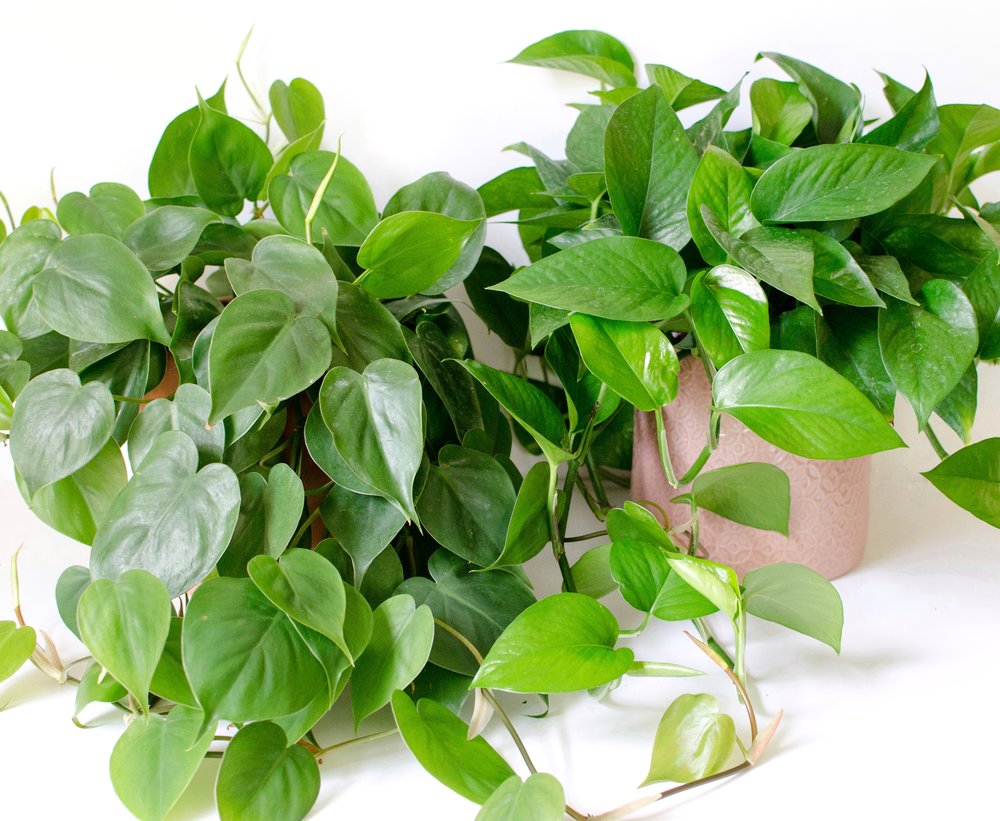
Summary
Pothos and philodendron are two different plants that belong to the same family but different genera. They have different leaf shapes and textures, aerial roots and petioles, growth habits and new leaves, and care requirements. Here are some key points to remember:
- Pothos belongs to the genus Epipremnum, while philodendron belongs to the genus Philodendron.
- Pothos leaves are more lobe-shaped, thicker, and waxier than philodendron leaves, which are more heart-shaped, thinner, and smoother.
- Pothos has one thin aerial root per node and a thin petiole with a groove on one side. Philodendron can have several thick aerial roots per node and a thick petiole with a cataphyll at the base.
- Pothos grows new leaves from the previous leaf on the stem, forming a loop around it. Philodendron grows new leaves from the tip of the stem, forming a cone around it.
- Pothos can tolerate low light better than philodendron, but it may lose its variegation and grow slower. Philodendron prefers bright indirect light and may become leggy in low light.
- Pothos can tolerate drought better than philodendron, but it should not be left to wilt. Philodendron likes consistent moisture and humidity and may drop its leaves if it dries out.
- Pothos is more susceptible to pests and diseases than philodendron and should be inspected and treated regularly. Philodendron is relatively pest- and disease-resistant but should be kept clean and well-ventilated.





